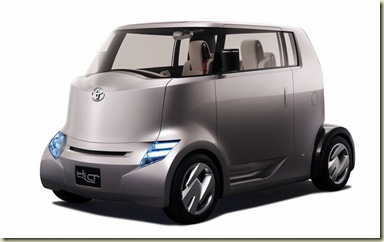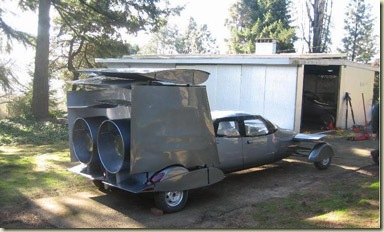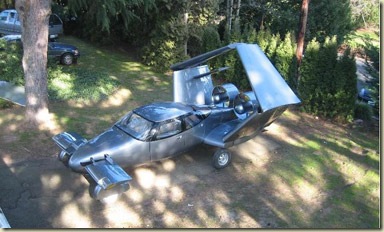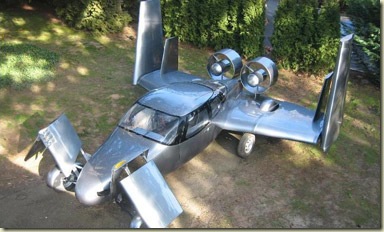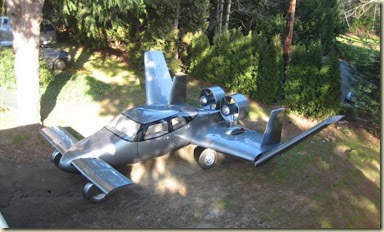Milner AirCar
Just like the flying AMC Matador in the Man With the Golden Gun, in which the villainous Scaramanga escapes from Bond, the Milner AirCar has wings that fold out at the touch of a button - handy if you see a traffic jam building ahead or you're running late for work. In normal use, these wings tuck up beside the car to allow it to drive on public roads, while the interior has full instrumentation for air and road use. You can take along passengers, too, as the AirCar has four doors and five seats. Power comes from two propeller engines that produce up to 296bhp, while a conventional engine for road use produces 39bhp and gives it a ground speed of 85mph.
The AirCar is designed by Milner Motors, who reckon the prototype you see here could be ready in production form by 2010, at a cost of $450,000.
Rinspeed sQuba
This extraordinary Concept Car created by the famous Swiss Rinspeed Design Company could have come straight out of a James Bond film. Its ability not just to drive along the road – and that on autopilot at the press of a button – but also to continue along its route through water, diving to depths of ten meters, breaks the bounds of the imagination of many people when they think of a car. Its unique bodywork, designed to echo that of the Lotus Elise cult sports car, is being complemented by a whole new world of colorful experience.
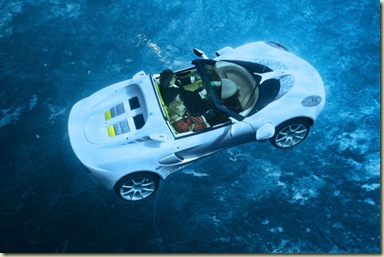
Aptera
The Aptera was designed from the ground up as an electric vehicle, and later as an extended range electric vehicle. After building the proof-of-concept Mk-0, we hired the automotive design firm, 'eleven', to help us further develop the concept vehicle. The 'eleven' team, led by Jason Hill and Nathan Armstrong, made great strides in the development of the Aptera's body styling, interior design, and structural engineering. Meanwhile, we refined the Aptera's shape to maximize efficiency using CFD (Computational Fluid Dynamics), developed and built advanced suspension and drivetrain components, and integrated a strong yet lightweight composite shell. Our entire process has been developed in-house exclusively by Aptera for the Aptera Typ-1. Our structural elements have undergone countless revisions of FEA (Finite Element Analysis) to be lightweight, robust, and manufacturable.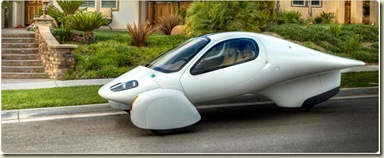
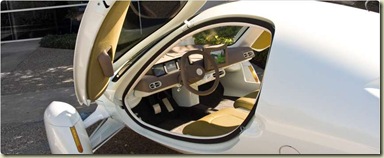
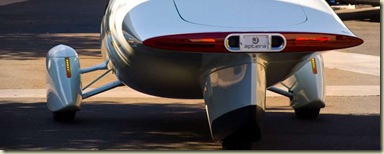

Ford SYNus
The SYNUS is a concept car Ford Motor Company produced under the Ford brand and created by the Spanish designer Jose Parisb (exterior design) and Joe Baker (interior).
The SYNUS shares its powertrain design with the Ford Mondeo. The SYNUS' engine is a diesel powered, 16 valve, turbocharged, 2.0L DOHC 4-cylinder Duratorq TDCi Diesel engine that produces 134 horsepower (100 kW). The SYNUS has a five-speed manual transmission. Its wheels are 18 inches (457 mm) in diameter. It has an IEEE 802.11g compliant wireless LAN hub. The SYNUS débuted at the 2005 North American International Auto Show.
The SYNUS' unique features mimic the modern obsession with safety. The synus has a bullet resistant frame with bulletproof glass windows. Also, it has no rear window, but a large LCD monitor filling the back. Ford claims they built it inspired by bank vaults and that is reflected in its designed, the doors open with a vault-like wheel. Also, when in "lockdown mode" steel shutters close around the front windshield.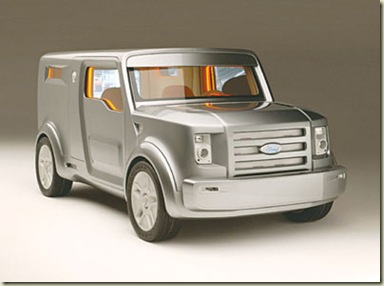
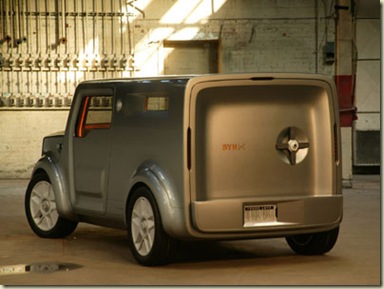
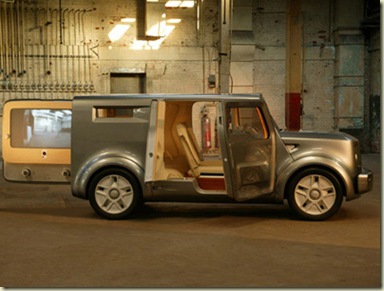
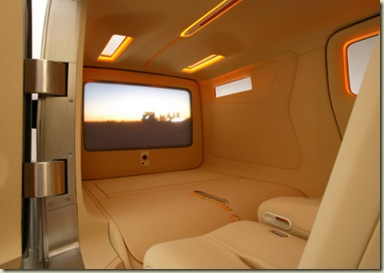
BMW M1 Hommage
It was thirty years ago that BMW first introduced the BMW M1 super car to the world. Now, to celebrate it’s thirty year anniversary, BMW thought it would be fun to tease us all with this updated “concept” version of the original Bavarian bombshell. Originally designed by Paul Bracq and later by famed Italian design house Giugiaro, this BMW M1 Hommage takes a clearly aggressive pose, with retro features mixing it up with very modern elements. From the louvered rear window, to the 80’s style badging on the rear and the conspicuous (for Germans) wheel design, the 80’s are definitely in at BMW’s studios and this latest version if the M1 just might raise enough eyebrows to go into production before the 80s are officially passe.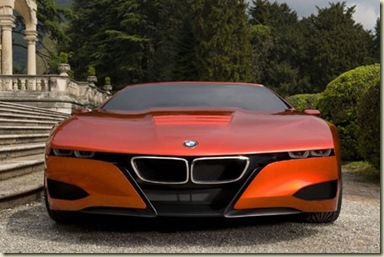
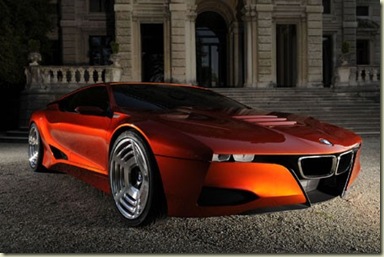
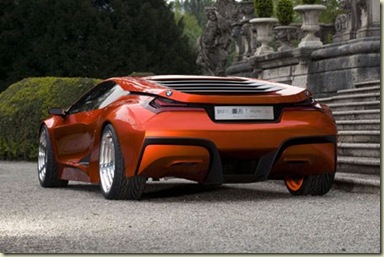
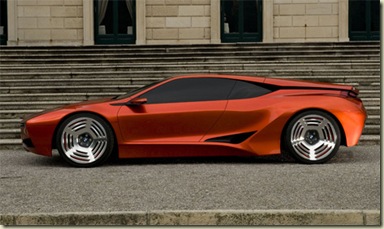
Toyota Hi-CT concept
The Hi-CT aims to offer a new "coolness" and new ways to have fun as a departure from conventional vehicles-an edgy, urban vehicle inspired by the thinking and lifestyles of youth.
* Offers a new kind of automotive "cool" and sense of enjoyment.
* Has a new look unconstrained by conventional vehicle size (length 3,330mm x width 1,695mm x height 1,780mm).
* Adopts plug-in hybrid technology, which allows it to charge from an external power source and gives it a greater driving range when running on its battery-powered motor; by placing the battery under the floor, achieves a highly efficient cabin with a higher driver position.
* Comes with an AC100V accessory socket that enables stored electricity-made possible by plug-in hybrid technology-to be used for a variety of applications.
* Features a removable rear trunk and a deck where surfboards, bicycles and other equipment can be loaded.